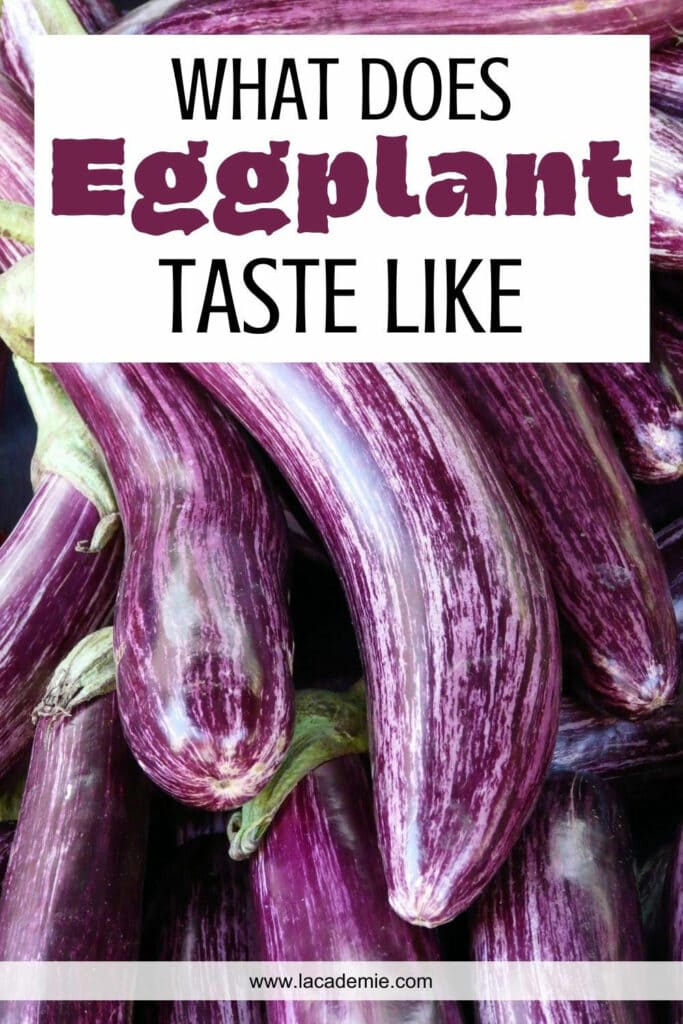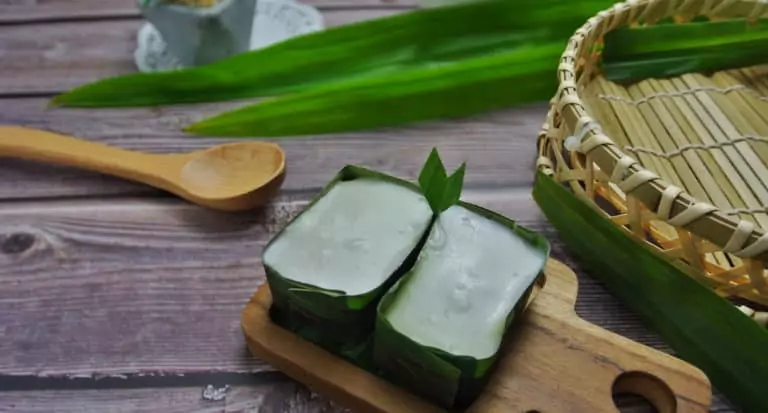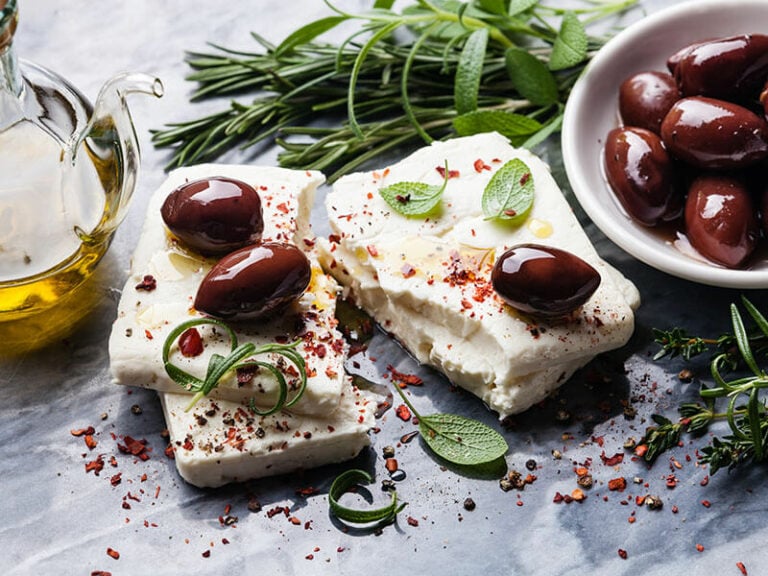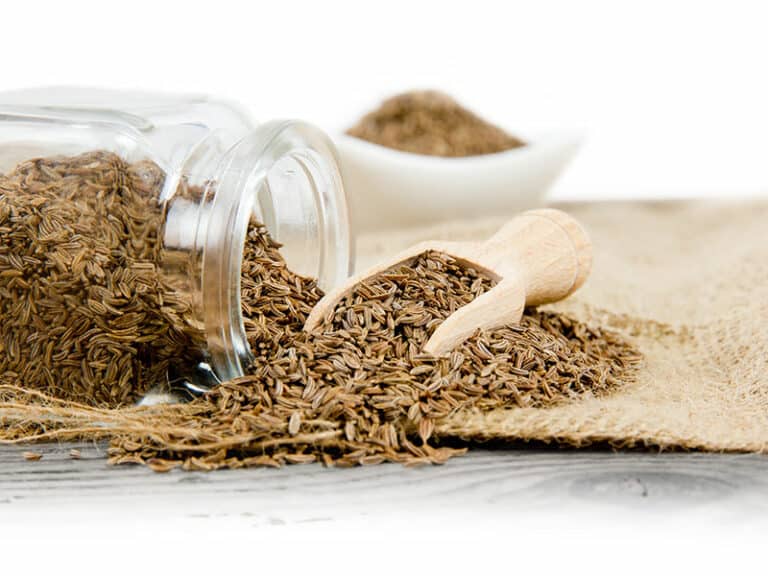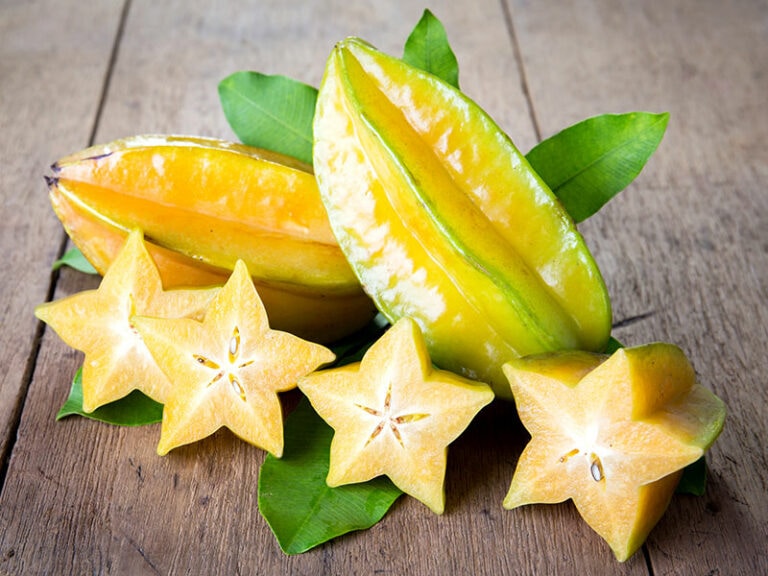“What does eggplant taste like” sounds like a difficult question to answer. Because this is a fruit (yes, a fruit, not a vegetable) with a relatively strange and complex taste.
Moreover, even “eggplant” may also sound rather strange to you. Does it have an “egg” flavor? Or is it something completely different from its name?
Without thinking much, I will help you know the taste of eggplant so clearly everything about it that you don’t even have to go to the market and buy one.
This article will help you satisfy everything you want to know about eggplant, including its taste, health benefits, origins, types, and preparation. Join me now!
What Is Eggplant?
Eggplant is a very familiar vegetable in daily life, with a delicious taste and a very affordable price. If you are following a Paleo vegetarian diet, you must be familiar with eggplants as it appears in countless delicious dishes.
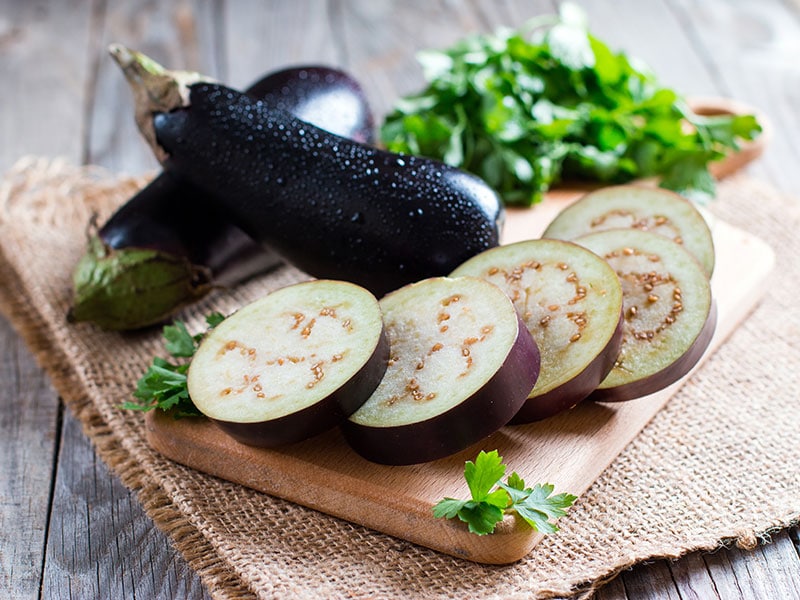
You can find eggplants in many different cuisines around the world. Not only does it create a unique creamy texture and mild flavor to recipes, but eggplant is also a fruit with many health benefits.
Although we often think that eggplant is a vegetable, it is still essentially a fruit, as eggplants grow from flowering plants and contain seeds. This is a kind of fruit with a lot of pulp and contains many small, soft seeds inside. Depending on the variety, the eggplant shape is different.
Characteristics Of Eggplant
Eggplant is in the same family as tomatoes, potatoes, and pepper. Eggplant leaves are large, the leaf is broad, and the underside of the leaf is covered with hairs. Eggplant’s flowers are white to pale purple, and the stamens are yellow.
Usually, people only know about the glossy, purple, teardrop-shaped eggplant because they are, in fact, the most common type of eggplant. However, this fruit comes in many different colors and shapes.
If you dig a little deeper at local markets around the world, you can find oval, long, slender eggplants or melon-shaped eggplants with white, green skins, pink, orange, and even stripes.
When you cut a piece, you will see the inside of the eggplant is white like pulp, maybe a little green or yellow, dotted with clusters of small beige seeds. Eggplant has a lot of pulp inside, which has a creamy consistency when cooked.
Origin Of Eggplant
Eggplant is grown for its fruit and is one of the most widely grown agricultural products in the world. Even in India, eggplant is ranked among the kings of vegetables in terms of its nutritional value and popularity.
The appearance of eggplant is thought to date back to prehistoric times in southern and eastern Asia, but Western countries were not known until the 1500s.
The origin of the scientific name of eggplant comes from the 16th century Arabic name for an eggplant variety. And the name “eggplant” comes from the characteristics of a white and shaped eggplant variety that looks like a chicken egg.
Popular Types Of Eggplant
You can come across many different varieties of eggplant, but you can classify these E-something fruits based on their shape, such as:
Long eggplant: An eggplant with an elongated shape, a small body, and a smaller tip towards the tip of the fruit. The outer skin is thin, succulent and the pulp is thick, suitable for steaming.

Round eggplant: A round eggplant, about the size of a fist. The skin is thick, and the pulp inside has little water, so it is often used to make fried or stewed dishes.
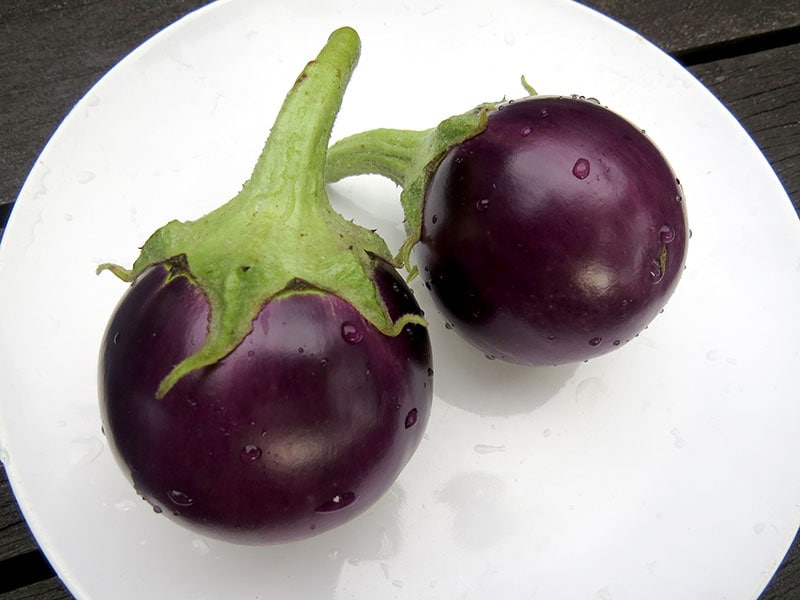
“Medium” eggplant: The common eggplant is slightly elongated (medium length between long and round) and looks like a tuber. You can use this eggplant to prepare a variety of dishes, whether grilled, steamed, fried, stewed, or sautéed.
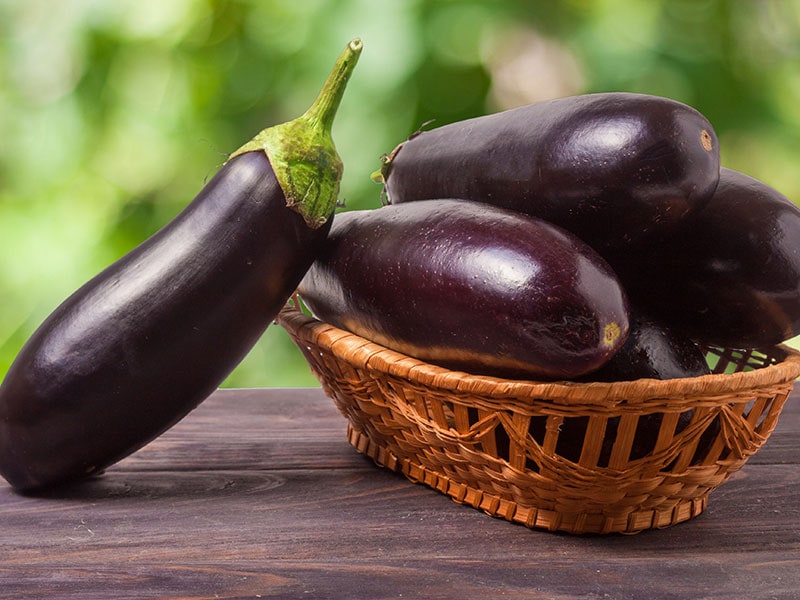
In addition, eggplant has many types with different skin colors like white, light yellow, light green, but in general, the taste has no change.
The Difference Between Different Types Of Eggplant
With the development of farming technology, we can choose 1 of 3 types of eggplant to use, from needs and preferences. However, from a nutritional perspective, do you know which type of eggplant has the best taste and most health benefits? I’ll give you a little comparison:
About The Taste
Long eggplant has the thinnest skin and highest moisture content, so it has a soft pulp, which is more suitable for steaming or ketchup. Meanwhile, eggplant skin is round and thick, the amount of water in the fruit is relatively low, suitable for direct frying or stewing, and cooking at high temperature.
The “medium” eggplant is an intermediary between the two types of eggplant mentioned above. It has the moisture and pulp quality between long and round eggplants.
Any cooking method for this type of eggplant makes for a delicious dish. But its flavor leans more towards long eggplant, so it’s more suitable for steaming or ketchup.
About Nutrition
From a nutritional point of view, each type of eggplant has its own advantages. The content of carotene, vitamin C, calcium, and potassium in long eggplants may be slightly higher than that of round and medium eggplants. Still, the levels of vitamin E, magnesium, and zinc are generally lower.
However, compared to the overall nutrition of eggplant, this distance is not large. Therefore, if there is no urgent need for certain nutritional content, you don’t need to consider the nutrition difference when choosing eggplant.
Nutritional Value Of Eggplant
Eggplant is considered a food with high nutritional value, especially with a large amount of fiber, vitamins, and minerals and very few calories.
On average, every 82 grams of raw eggplant includes the following nutrients:
- Energy: 20 calories
- Carbs: 5g
- Fiber: 3g
- Protein: 1g
- Manganese: 10% RDI
- Folate: 5% RDI
- Potassium: 5% RDI
- Vitamin K: 4% RDI
- Vitamin C: 3% RDI
In addition, eggplant contains small amounts of other minerals such as niacin, magnesium, and copper.
(Source: Healthline.com)
Health Benefits Of Eggplant
Eggplant has an eye-catching shape but do you really know about the health benefits of this fruit? Therefore, let’s find out the effects of eggplant that you can’t expect:
Rich In Iron And Calcium
The calcium and iron content in the eggplants is especially necessary for the body. Containing a lot of calcium and iron, eggplant is known to be one of the valuable foods that help improve circulation and nourish the brain effectively.
Therefore, cooking eggplant in the form of baking is a strange dish, ensuring a significant source of calcium and iron. You can add this food to pasta, pizza, or fried with flour.
Reduce The Risk Of Cardiovascular Disease
Eggplant plays a key role in maintaining the blood and cardiovascular systems. The inside of eggplant contains a lot of antioxidants that help protect the body from heart diseases, and it affects the blood vessels to nourish the heart.
Thanks to the significant content of antioxidants like vitamin C, vitamin B6, and potassium in eggplant, this food can promote heart health and lower heart disease risk. With such a wide range of uses, you have a treasure of health available right in your daily meal.
Balance Blood Pressure
In addition to reducing bad cholesterol inside the body, eggplant also contributes many health benefits in many other ways. Accordingly, the flesh and skin of eggplant contain many flavonoids that help reduce stress and stabilize blood pressure.
Besides, eggplant is a vegetable with a record amount of vitamin P. This is a key vitamin in increasing the flexibility of blood vessels and reducing cholesterol. The amount of vitamin P in eggplant can help prevent high blood pressure and arteriosclerosis.
Control Blood Sugar
In medicine, eggplant has been listed as a food supplement to help control the symptoms of diabetes. It has this ability because its very high fiber content and low soluble carbohydrates make it the perfect food for people with diabetes.
Eggplant is also high in insoluble fiber and polyphenols, both of which contribute to lowering blood sugar levels. Fiber slows down digestion, reduces the ability to absorb sugar, helps prevent diabetes, and prevents diabetes.
Therefore, many nutritionists recommend incorporating eggplant with grains and other vegetables into the diet of diabetics to help better control blood sugar.
Weight Control
Due to the low calories and high fiber content, eggplant is considered an ideal food for those with weight problems. Eggplant is very low in calories and completely fat-free, and its relatively high fiber content will make you feel fuller for longer.
Fiber takes time to be digested by the stomach, so it makes you feel full for longer and suppresses appetite. So, if you know the delicious cooking tips from eggplant, this food promises to be a companion to help you lose weight effectively.
In addition, fiber also stimulates the digestive process, promotes the activity of intestinal peristalsis, and quickly pushes waste out of the body to prevent constipation. The addition of eggplant to the family menu will help the digestive system work smoothly and protect the body from colon diseases.
Nourish The Brain, Improve Circulation System
The phytonutrients in eggplant have the effect of increasing blood flow to the brain, thereby improving circulation and nourishing the brain. Phytonutrients exist mainly in the skin of eggplant, so when processing, you should wash and cook the whole fruit to ensure the most nutritional value.
Purple pigment – anthocyanin present on eggplant skin is a strong oxidant, capable of resisting lipid peroxidation, helping better to protect meninges from the attack of free radicals. Therefore, eating eggplant will help enhance brain function, especially cognitive ability and enhance memory.
What Does Eggplant Taste Like?
Eggplant is all great, isn’t it? So now’s the time to talk about the taste of eggplant. In order for you to fully enjoy its taste without even having to eat it, I will divide the eggplant into three parts with different flavors blending:
About The Skin:
For eggplant with purple skins, the skin will be tough and bitter. For white skins, it will not have much flavor. However, it will create a great crispy texture while you grill it for your dishes.
About The Seed:
The seeds are arguably the most flavorful part of the eggplant. It is a bit bitter to taste. That’s why people sprinkle salt on sliced eggplants before cooking.
You may not know the fact that this also depends on the “gender” of the eggplant. The “female” eggplant is usually more bitter than the “male” eggplant. It is also because the female contains more seeds and bitter juice.
Although eggplant farming technology is now using many ways to make them less bitter than usual, you can still be a little unlucky and buy a bitter fruit.
About The Pulp:
The taste of eggplants is almost the same, and there is a little difference. To be honest, the pulp of the eggplant doesn’t have a strong flavor. If you have removed the bitter liquid, the eggplant has a rather mild flavor.
To give you an idea, the closest eggplant-tasting food I can think of is zucchini. By comparison, the taste of eggplant is similar to zucchini in that it is very mild and mild, and sometimes bitter. It’s not that it doesn’t have any flavor, just not much.
Do you think that’s why eggplants become unappealing? No, it’s the blandness that makes it easy to combine eggplant with any other flavorful ingredient. That’s why chefs often add it to the heavily flavored dishes to blend the flavors of the whole meal.
What makes eggplants really fun to cook with other ingredients is that they act like a sponge. This means that the eggplant will absorb all the flavors from the other ingredients and soak up the flavor. When mixed with any oil or liquid, it will absorb the flavors, making your dish super delicious.
One more thing, more than taste, eggplant is all about texture. When cooked, the pulp of the eggplant becomes extremely soft. That’s why when mixed with exceptional miso paste, eggplant can blend in quite well.
Also, its softness and creaminess are perfect in case you need something to step in place of cornmeal, mashed potatoes, and so on. However, since eggplant has more consistency, it will contribute to making your dishes denser and more attractive than ever. Perfect!
In short, the pulp of eggplant has a mild taste but will easily absorb the flavors from the ingredients you cook with. Its taste also depends on how it was prepared, as the pulp will be affected by the flavor of whatever you cook with it.
You can see this video to know more:
How To Choose To Buy Good Eggplant
In order to successfully cook delicious dishes and take advantage of the nutrients from eggplant effectively, you need to know how to choose good eggplants before processing.
As mentioned above, because the bitter taste of eggplant comes largely from their seeds, you need to consider choosing eggplants with fewer seeds. Of course, you can hardly tell if an eggplant has many seeds without cutting through it.
However, there is still a trick to tell if an eggplant has many seeds by whether it is “female” or “male”. You can do that by looking at its stem. If the stem is round, it is a “male” eggplant and has fewer seeds than a “female” eggplant with a longer stem.
Besides, when holding eggplant in your hand, you need to feel firm, not mushy. In addition, you should choose to eat eggplant in the harvest season in each region, and it will have a better and sweeter taste.
Moreover, the skin must be shiny, smooth, and even without wrinkles and dark spots. The stem of the eggplant is still fresh, and sticking to the fruit body will give a fresher taste and show that the eggplant is young.
Tips for identifying: With ripe eggplants, it will leave marks when using your fingers to press on the fruit body gently. As for the eggplants that are too old, you will find its body a bit hard, and the outer skin is pinkish purple or light purple, so you should not choose.
How To Prepare Eggplant
Having understood the taste of eggplant, are you eager to know how you prepare eggplant to achieve its deliciousness and nutrition? Please refer to how to cook eggplant below.
- First, you can trust that eggplant is one of the cleanest and least chemically-treated fruits. So you can rest assured that it will not adversely affect your health.
- However, as noted in the flavor section, most eggplants have a mildly bitter taste. Therefore, before processing, you should soak the eggplant with salt to remove that bitter taste.
- This means after you wash and slice the eggplant (you can use a knife or even a French fry cutter to cut it evenly), you can rub the surfaces with coarse salt or fine salt.
- Then you continue to soak the eggplant slices in saltwater. After that, you continue to soak the eggplant for about 20 minutes so that the salt has enough time to draw the bitter liquid out.
- Finally, take the eggplants out, let them drain, or pat them dry with a towel if you’re folding.
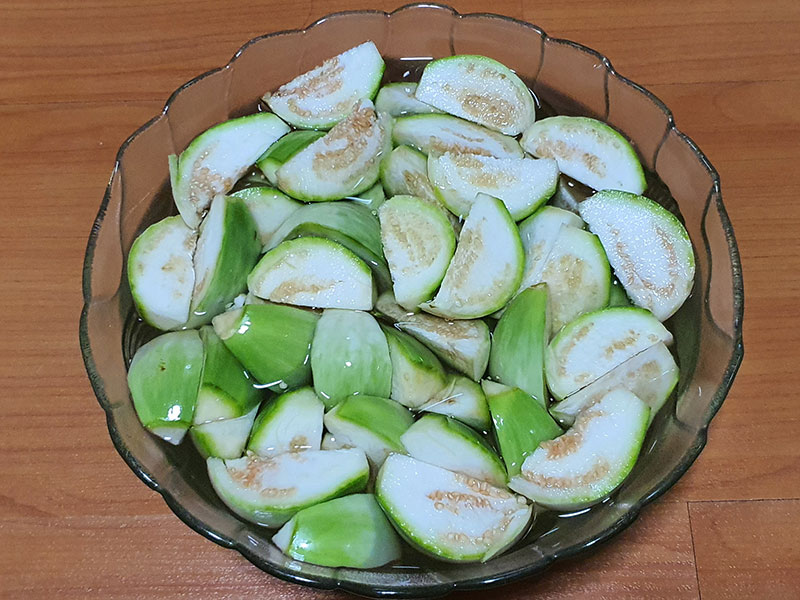
What To Cook With Eggplant
When it comes to dishes with eggplant, there are many dishes that you can combine with eggplant, and all of them are delicious because of the wonderful texture that eggplant has to offer.
You can creatively use eggplant for all kinds of stuffing, stir-fries, baked goods, steamed dishes, stews, soups, casseroles, etc.
Some dishes will be suitable for you to cook eggplant with the skin on, like baked goods, while some will require you to peel and use only the pulp. Depending on the needs of the dish and how you want to use it, eggplant will flexibly meet everything.
If you love baking, then properly grilled eggplant with the skin crispy around the edges and creamy in the middle with a wonderful signature umami taste. That delectable creamy flavor is one of the perfect complements to the delicious lasagna.

Eggplant is also commonly known in Moussaka as the main ingredient. This is a familiar dish in Greek cuisine with a creamy texture similar to lasagna. In the US, eggplant is often used to make attractive parmigiana.
Beside, you can use eggplants and other mild-flavored vegetables to make Ratatouille – a classic French stew. Adding several aromatic herbs will be a nice touch to enhance the quality of this dish.
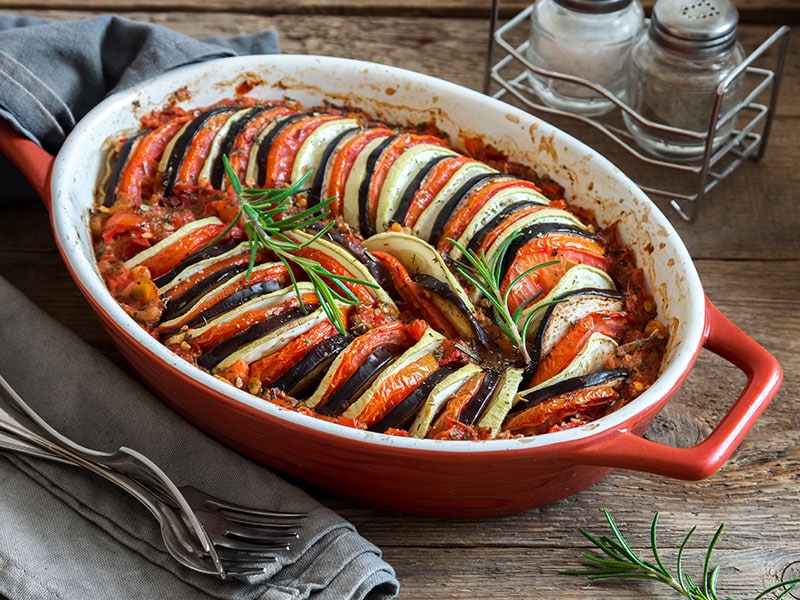
Therefore, eggplant is a fairly versatile fruit that you can make or use as part of almost any dish you can imagine. Thanks to the natural light and bland taste, you’ll have plenty of opportunities to create your own delicious treats!
How To Store Eggplant?
Eggplant is one of the vegetables with limited shelf life. No matter where you store it, refrigerator, or room temperature, eggplant is perishable and unsuitable for use. So how to store eggplant properly? What are the most reasonable conditions for storing eggplants?
It can be said that preserving eggplant is similar to preserving cucumber. Up until now, the place I keep my eggplants has always been in the fridge – either in the freezer or the cool compartment, depending on the size of the eggplant.
However, according to experts, the best place to store eggplant is not in the refrigerator but at room temperature, which helps keep the freshness and prolong the life of the eggplant.
In addition, they recommend keeping eggplants in a cool place, away from direct sunlight, and using eggplants as soon as possible after harvest or purchase. Avoid putting eggplant in plastic wrap and tie tightly because that way, the eggplant will be damaged much faster.
Like cucumbers, eggplants are very sensitive to heat – especially when the temperature drops below 10 degrees Celsius. This can damage the taste and freshness of the eggplant.
When the temperature drops below 5 degrees Celsius for a long time, the eggplant will be pitted on the surface. The seeds will turn brown and become mushy.
Besides, eggplant is also very sensitive to ethylene, a natural gas that ripens fruit and leads to fruit spoilage and rot. Therefore, the best way to store eggplant is not to keep it with tomatoes, bananas, and watermelons, which are all fruits that produce a lot of ethylene.
Notes About Consuming Eggplant
Eggplant contains solanine, which has antioxidant effects and inhibits cancer cells, but everything has its two sides. This substance also stimulates the respiratory centers, leading to anesthesia.
Therefore, if you eat too much, eggplant can cause poisoning. Solanine is insignificantly soluble in water, so when boiled, it does not completely destroy this substance.
One way to reduce this substance is when processing; you add a little vinegar to promote the breakdown of solanine. In addition, it is not recommended to drink raw eggplant juice uncooked as this can also lead to poisoning.
And yet, eggplant also contains a higher amount of nicotine than other fruits. Therefore, to avoid poisoning, we should only eat eggplant 2-3 times a week, about 100-200g each time, just to ensure the supply of nutrients to the body and keep it safe.
Who Should Not Eat Eggplant?
Although eggplant is good for health, some people should not eat eggplant because it can affect some of their underlying medical conditions such as:
- Those who have stomach disease should be careful when using eggplant because this fruit is cold, so if you eat a lot, it will make your stomach feel uncomfortable, leading to diarrhea.
- Asthma patients should not eat eggplant because it contains high levels of oxalate – acid, if eaten in excess, will lead to kidney stones.
- In addition, people with rheumatism and weakness should not eat too much, especially fried eggplant with a lot of fat, which can cause inflammation.
FAQs:
Go Pick Your Eggplants!
Today you know eggplants! Eggplant is an easy-to-find cooking ingredient, a common vegetable that’s easy to prepare and extremely nutritious. You can enrich your family menu with more choices by making delicious dishes from eggplant.
As you can see, eggplant is not an easy-to-eat food, and you will need a bit of knowledge and inspiration to enjoy it. I hope my detailed review can do this for you. You can enrich your family menu with more choices by making delicious dishes from eggplant.
Eggplant is easy to prepare and extremely nutritious. You will definitely love the special creamy texture of the eggplant and want to include it in your meals more.
So today you know eggplants! Đon’t just read about what eggplant tastes like. Just buy eggplant and feel it for real! Good luck with your cooking, and don’t forget to share this article with your friends and family!
